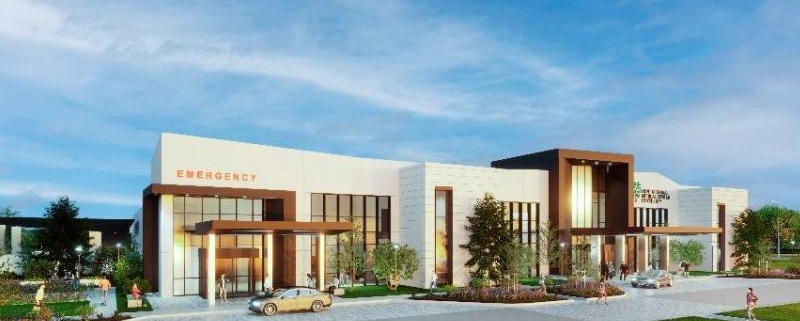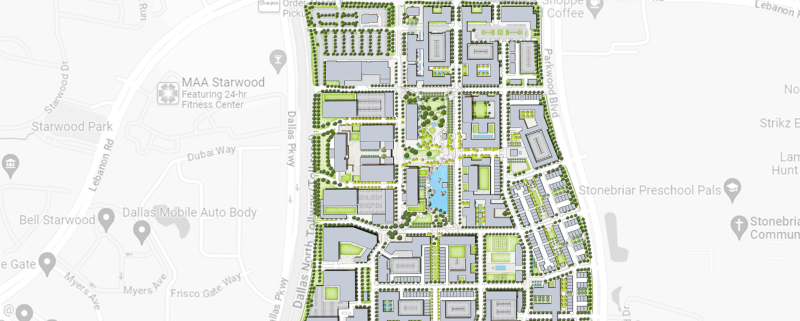Bon Secours Mercy Health To Develop 30+ Ambulatory Surgery Centers Across Multiple States
Cincinnati-based Bon Secours Mercy Health System, a 48-hospital Catholic system, has teamed with Compass Surgical Partners to develop more than 30 ambulatory surgery centers across multiple states, the Triangle Business Journal reported on May 29.
Bon Secours Mercy Health is the latest system to form a strategic partnership to expand their outpatient presence and develop ASCs. Salt Lake City-based Intermountain Health and Columbus-based OhioHealth recently inked similar deals with Nashville, Tenn.-based Surgery Partners — one of the largest ASC chains in the U.S.
“Our view, over time, is that more complex procedures will come out of the hospitals,” Sean Rambo, president of Compass, told the publication. “Health systems are wanting to catch up and use this strategy to expand outside of hospital walls.”
Compass will work with Bon Secours Mercy Health of Ohio to develop the ASCs over the next few years throughout the system’s footprint, which includes Kentucky, Ohio, South Carolina, Virginia, Maryland, New York and Florida, according to the report. The network could expand into other states, such as North Carolina.
“Providing quality outpatient surgical care is an important investment for the communities we serve, enabling us to expand access to care for patients in a way that is accessible and appropriate for their individual care needs,” Bon Secours Mercy Health COO Don Kline said in a news release. “Compass Surgical Partners’ expertise in creating patient-centered ambulatory surgical centers, coupled with their successful track record of leadership in this important space, makes them an ideal partner for this long-term initiative.”
Financial terms of the deal were not disclosed.
Source: Becker’s Hospital Review




